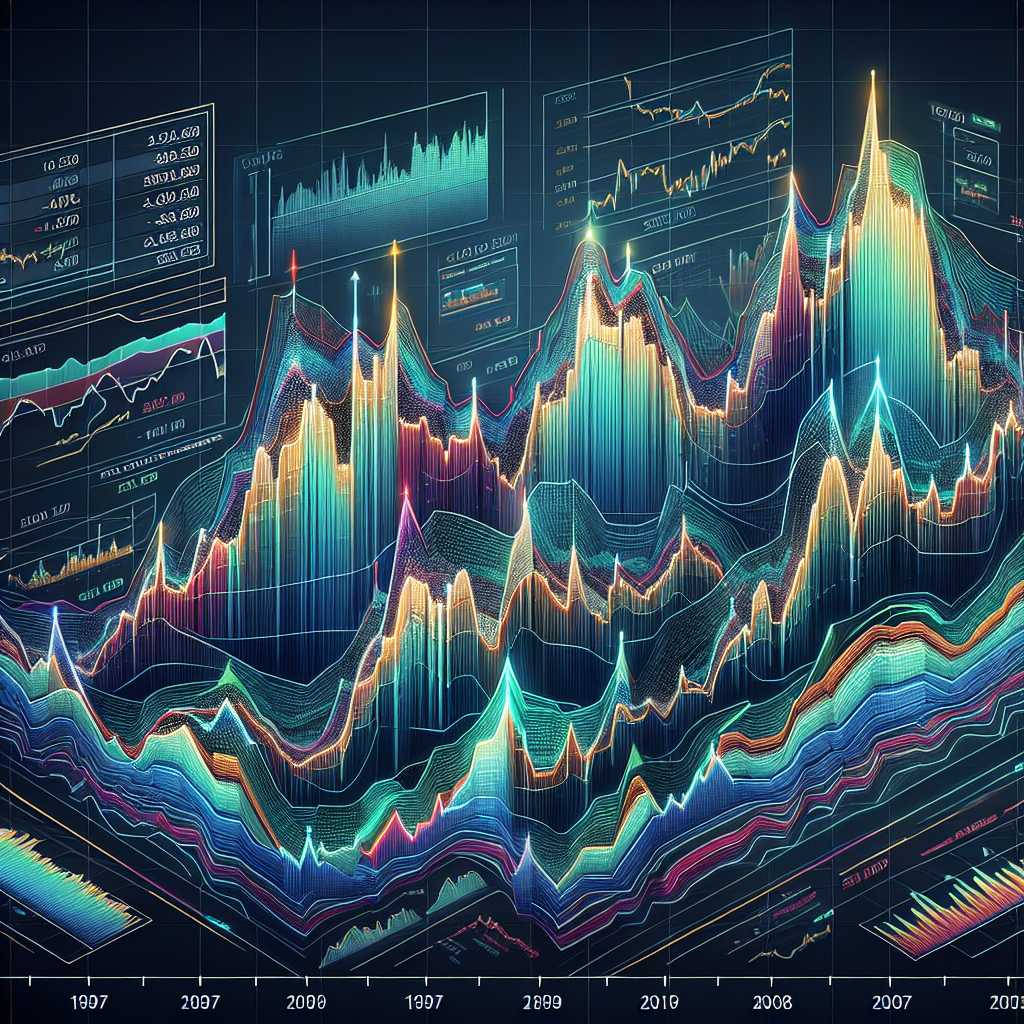An In-Depth Exploration of Amazon (AMZN) Stock Movement and Market Influence Through the Years
Amazon.com Inc. (AMZN), established by Jeff Bezos in 1994, has grown from an online bookstore into one of the world’s largest e-commerce and cloud computing giants. Its stock performance reflects the company’s transformation and diversification into various markets. Understanding the historical trends, strengths, and challenges of Amazon as a publicly traded company offers investors a glimpse at how the stock has become a key player in today’s stock market.
The Ascent of Amazon Stock: A Historical Perspective
Since its initial public offering (IPO) on May 15, 1997, at a price of $18 per share (adjusted for stock splits), Amazon’s stock has seen a remarkable journey of growth. The well-documented “dot-com bubble” of the late 1990s saw its price rise and fall dramatically, but it was one of the few companies not just to survive the bubble’s burst but also to prosper afterward.
A significant factor contributing to Amazon’s stock appreciation has been the expansive vision of its founder, Bezos, whose leadership relentlessly pushed for capturing market share through customer-centric policies and foray into new ventures like Amazon Web Services (AWS), Prime memberships, and streaming platforms.
Factors Influencing Amazon’s Stock Performance
Amazon’s entry and dominance in various industries have been integral to its stock performance. AWS has grown into a behemoth within the cloud computing ecosystem and represents a sizeable portion of Amazon’s profits. Prime membership growth continues to increase customer loyalty and purchasing frequency on the e-commerce platform.
Factor such as increased e-commerce activity due to global events like the COVID-19 pandemic accelerated Amazon’s growth. However, complex geopolitical dynamics, supply chain issues, labor unionization efforts, and antitrust inquiries also impact the stock negatively or positively during different periods.
Financial Health and Future Outlook for AMZN
Amazon’s financial health seems robust, boasting consistently growing revenue year over year. However, investors must also regard carefully its razor-thin profit margins, high re-investment rates into technology and infrastructure, and possible regulatory challenges on both domestic and international fronts.
Analysts continue to debate Amazon’s potential future growth. Bezos stepping down as CEO in 2021 did give rise to questions about future strategy authenticity under new leadership. Furthermore, competition in e-commerce, cloud computing, and logistics services remains fierce with competitors such as Microsoft Azure, Google Cloud, Walmart, FedEx, and UPS not far behind on innovation strategy.
Amazon’s Role in the Broader Stock Market Landscape
Amazon’s role in stock indices like NASDAQ is substantial given its large market capitalization. As such, any significant movement in its stock can influence the broader market trends. Mammoth institutional investors hold significant portions of AMZN shares due to its stature as a ‘growth stock’, weaving it further into the fabric of global investment strategies.
Passive investment vehicles such as exchange-traded funds (ETFs), where AMZN stocks are heavily featured due to its size and trading volume, use AMZN as a cornerstone holding. This extensive inclusion can cause widespread market ripple effects emanating from shifts in Amazon’s business or share price.
Notes
*Image Description:*
An intricate chart showing AMZN stock prices over time from its IPO in 1997 to the present day, with vivid peaks corresponding to major milestones or events that influenced the stock price.

